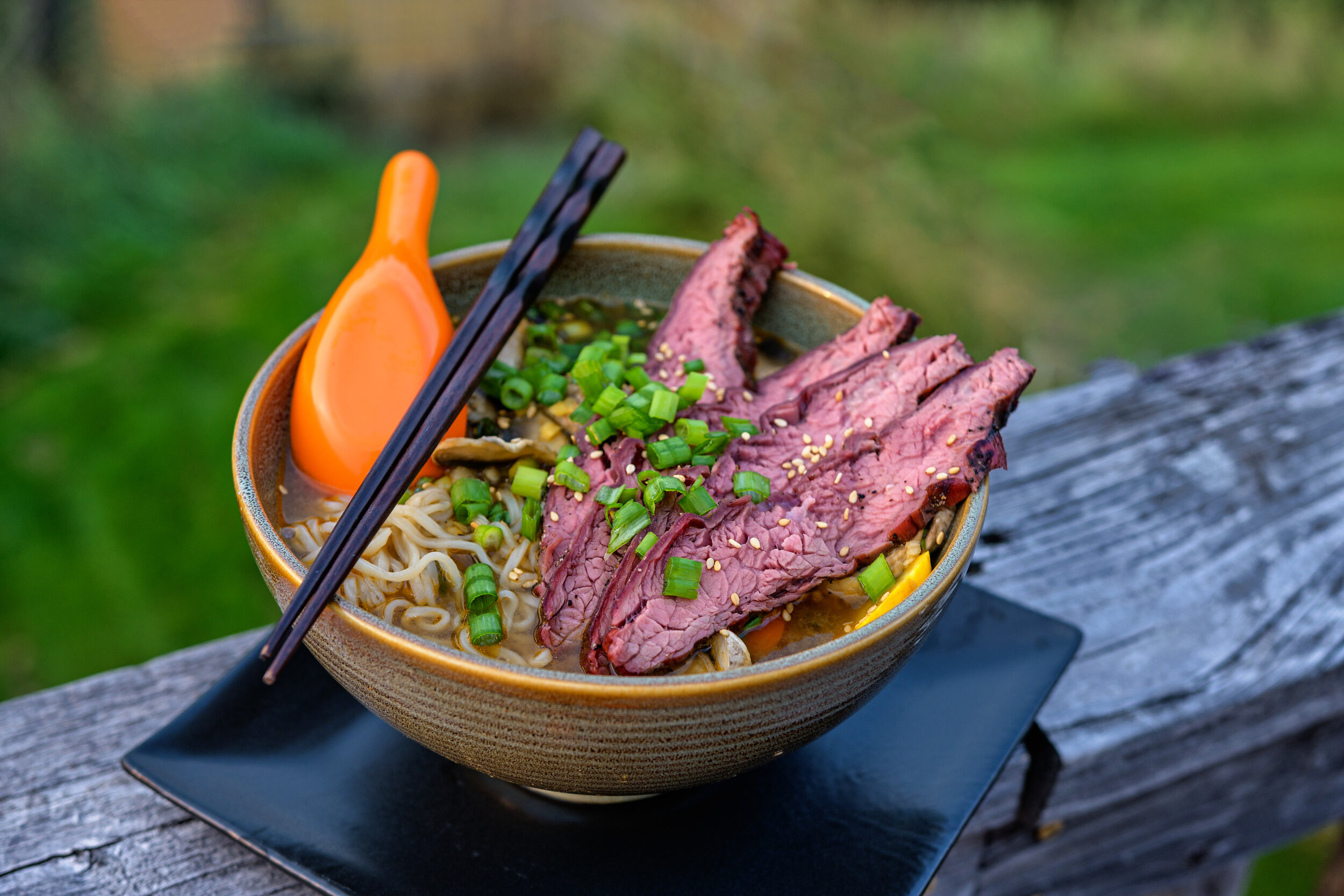“Soup puts the heart at ease, calms down the violence of hunger, eliminates the tension of the day, and awakens and refines the appetite.”
— Auguste Escoffier
Nothing is more comforting than a bowl of hearty soup on a chilly afternoon, especially when it’s so dead simple to make and includes easy-to-find and colorful ingredients that entice the nose and woo the eyes from afar.
As for soups go, once you’ve mastered making a basic soup, you’ll always be able to whip up a satisfying bowlful in no time, even if it’s a Japanese noodle soup, Miso Ramen.
Ramen is ramen, no matter what form. It’s something that always succeeds in filling people’s satisfaction. People love oodles of noodles so it’s becoming increasingly popular both in the East and the West. Miso, an ingredient in most Japanese cooking is becoming increasingly popular in our household.
Miso is a paste with a texture similar to peanut butter, forms the base of soup broths, and is typically a cultured mixture of soybeans, salt, and koji (a mold Aspergillus oryzae), where the enzymes in the koji work with the microorganisms in the environment over weeks, or even years, to break down the structure of the beans into amino acids, fatty acids, and simple sugars. Depending on the variety, miso can be smooth or chunky and range in color anywhere from pale tan to brick-red, to very dark brown with its flavor varying accordingly. While miso can take center stage in dishes like miso soup, with its salty funkiness, it can also add a complex savory flavor to dishes without overpowering the other flavors. That’s what the pros would call added “depth”.
Generally, miso tastes salty, tangy, and savory on its own with the lighter varieties having more sweetness, and as mentioned earlier, is typically smooth as nut butter. Although you can taste miso on its own, it’s not meant to be eaten that way. But rules were meant to be broken, so give it a try. Then again, I learn a lot from the mistakes of those who take my advice.
For all the carnivores, skimming through the above paragraphs looking for the word ‘meat’, we’re about to make this meal count because meat comes to those who wait.
Pork meat is more common in ramen, and we have made it with pork before, but today’s recipe is miso rame with beef, and truthfully, we both liked it way more with our sirloin beef steak in the following recipe. Together with miso, they level up your food and deliver a soothing bold to that warm ramen broth. Now fire up the grill and get yo’ chopsticks ready. Actually, you’d be slurping a lot.
